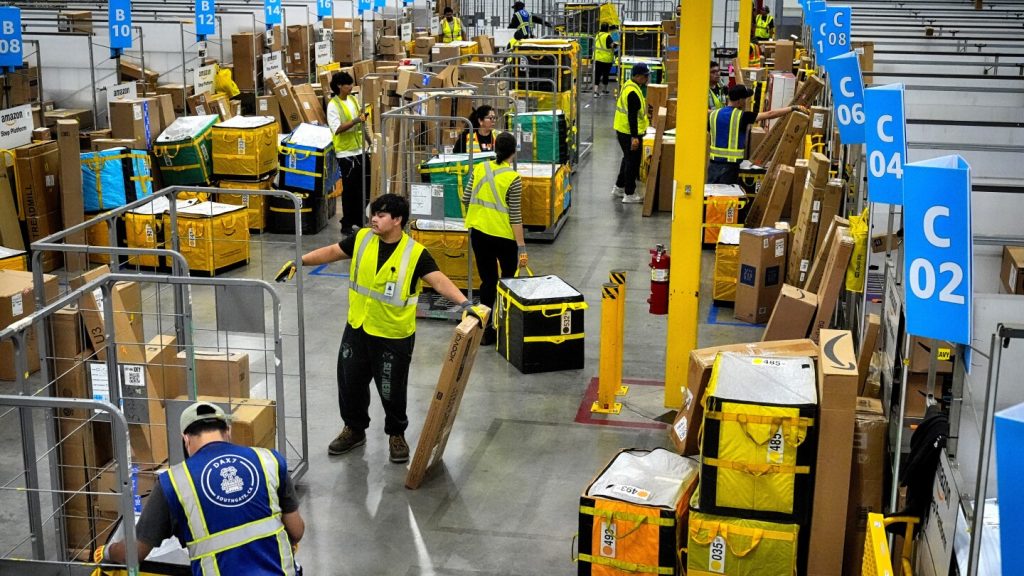The United States economy grew at a strong 2.8% annual pace in the second quarter of the year, surpassing expectations of 1.9%. The Commerce Department reported that consumer and business spending were key drivers of this growth, despite the challenges of high interest rates. Inflation showed signs of easing, with the Fed’s preferred inflation gauge rising at a 2.6% annual rate, down from 3.4% in the previous quarter. Core PCE inflation, excluding food and energy prices, increased at a 2.9% pace, lower than the 3.7% from the previous quarter.
The strong growth in the second quarter is seen as a positive sign for the economy, suggesting that it may achieve a rare “soft landing” where high interest rates curb inflation without leading to a recession. Consumer spending, the backbone of the U.S. economy, increased at a 2.3% rate in the April-June quarter, up from 1.5% in the previous quarter. Business investment also saw growth, with equipment investment rising by 11.6% annually. However, a surge in imports had a negative impact on GDP growth, subtracting about 0.9 percentage points from the overall figure.
Federal Reserve officials have indicated that they are prepared to cut interest rates as inflation approaches their 2% target level. Analysts expect the Fed to make rate cuts in September, which could reduce borrowing costs for consumers on mortgages, auto loans, and credit cards. The economic slowdown earlier in the year was attributed to the Fed’s aggressive interest rate hikes in response to rising inflation caused by supply shortages and geopolitical events such as Russia’s invasion of Ukraine. Despite these challenges, consumer spending remained robust, supported by a strong job market and savings accumulated during the pandemic lockdowns.
Economists had initially predicted that the higher borrowing costs would push the U.S. into a recession, but the economy continued to grow. The slowdown at the beginning of the year was largely due to a surge in imports and a drop in business inventories, which do not necessarily indicate underlying issues with the economy. Americans have been closely watching the state of the economy as the presidential campaign intensifies, with concerns about inflation and the impact of interest rate cuts on their finances. Overall, the economy’s performance in the second quarter has provided confidence in its resilience and ability to navigate challenges.


